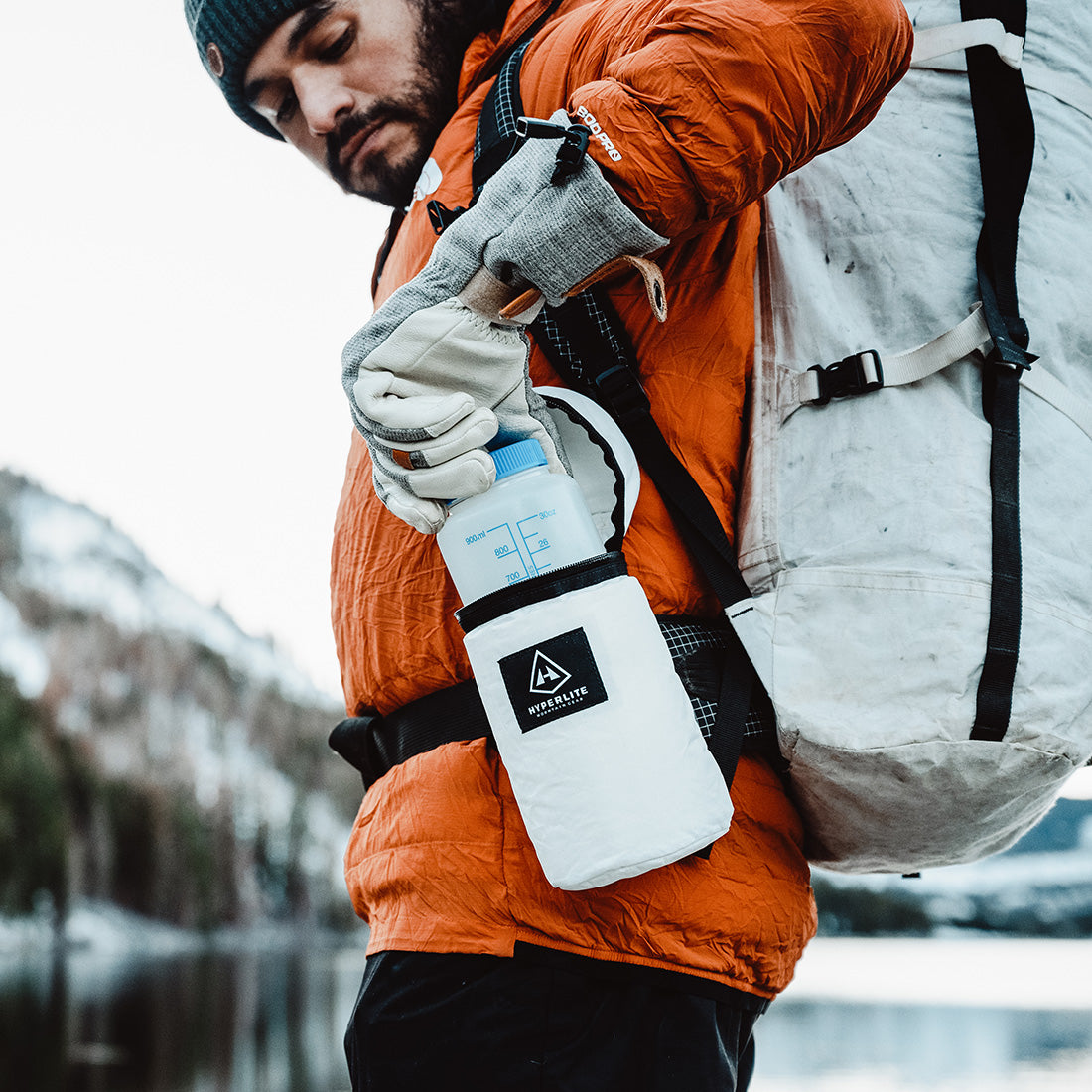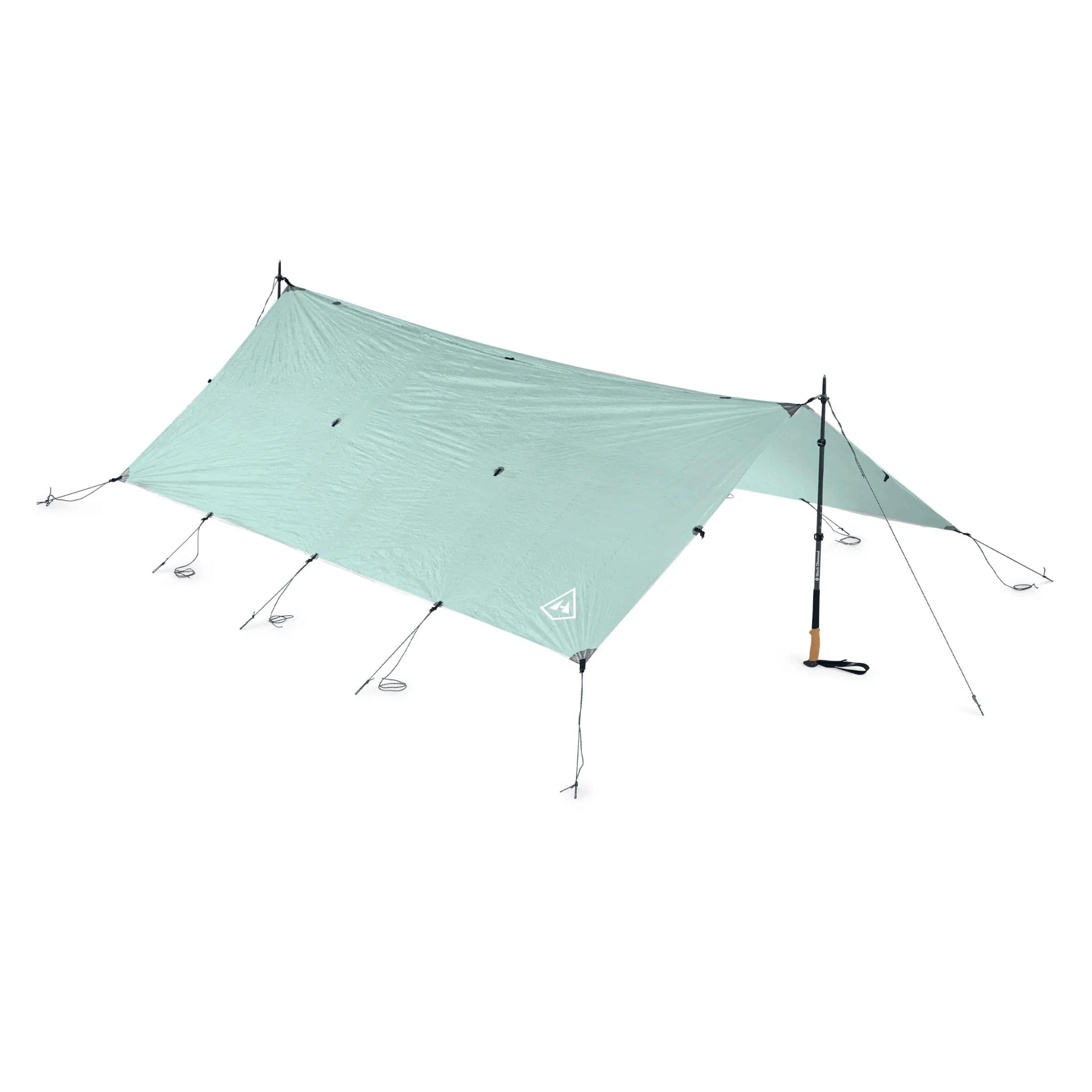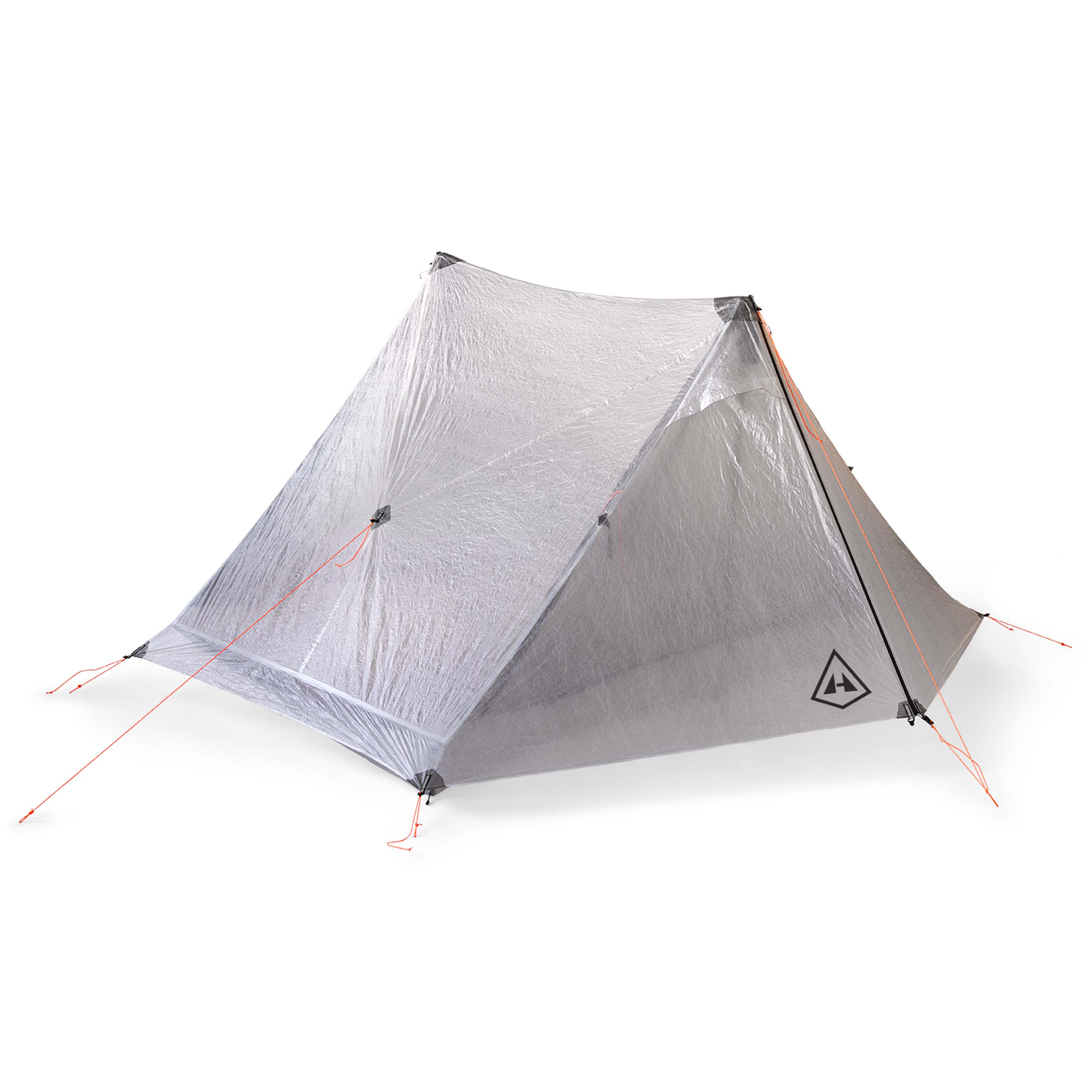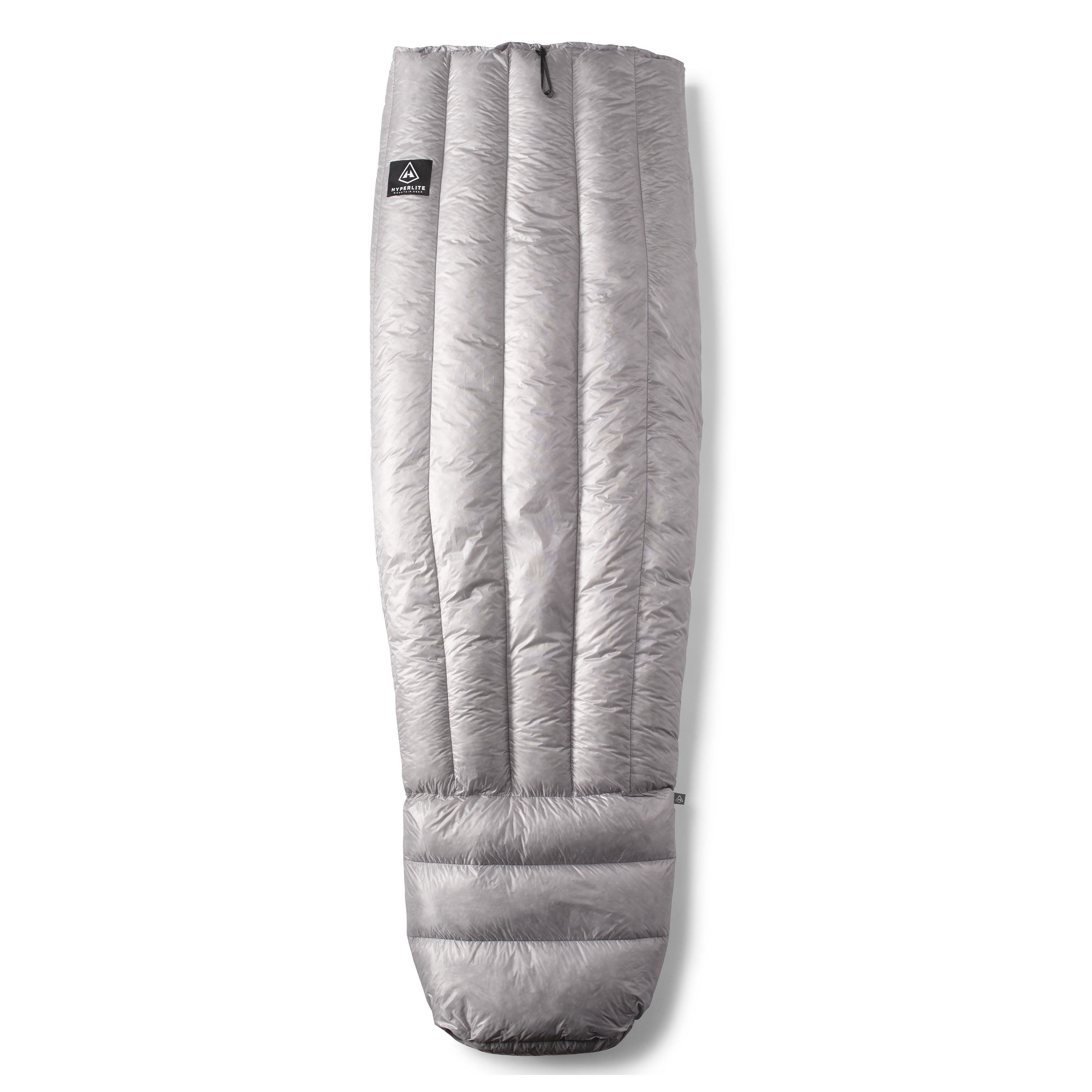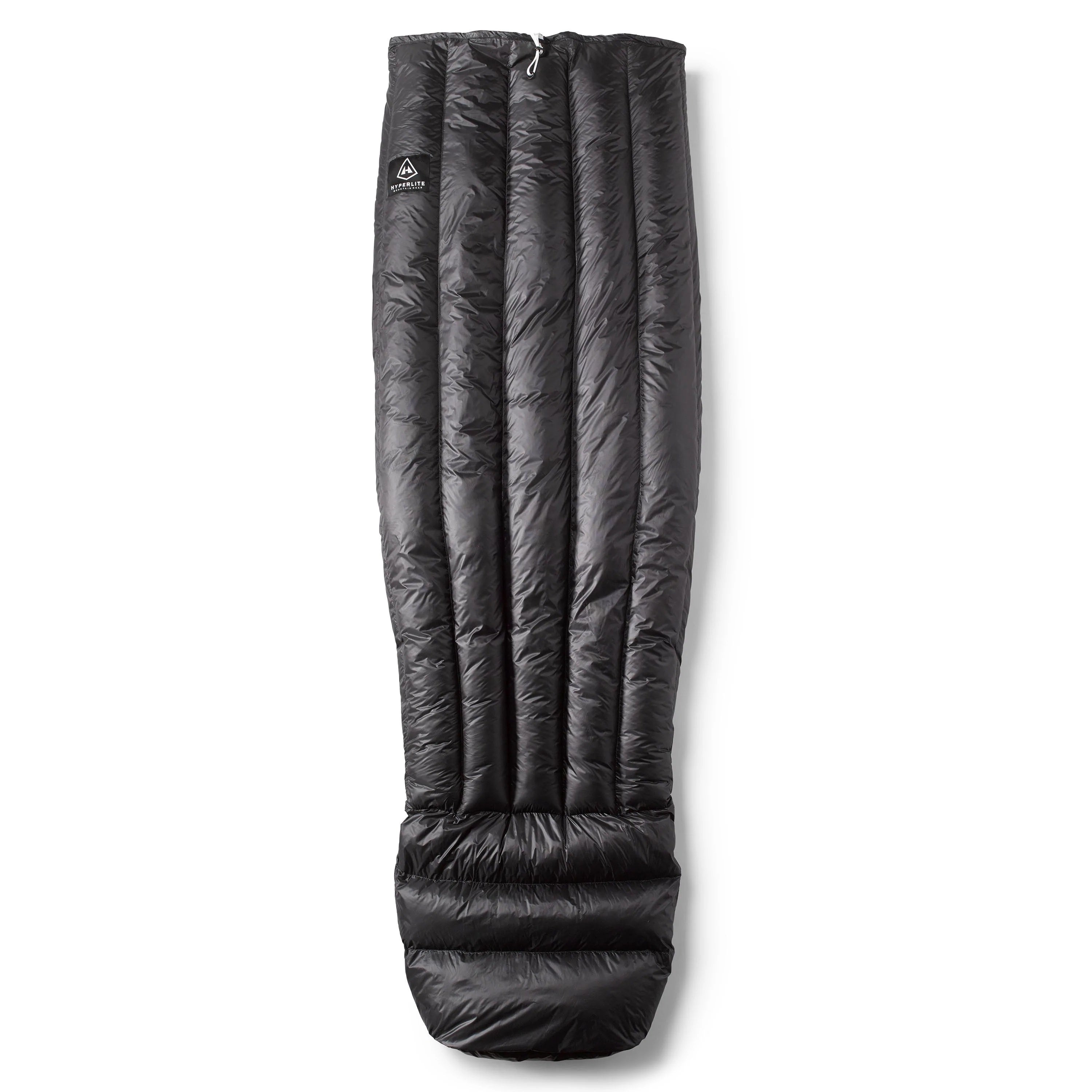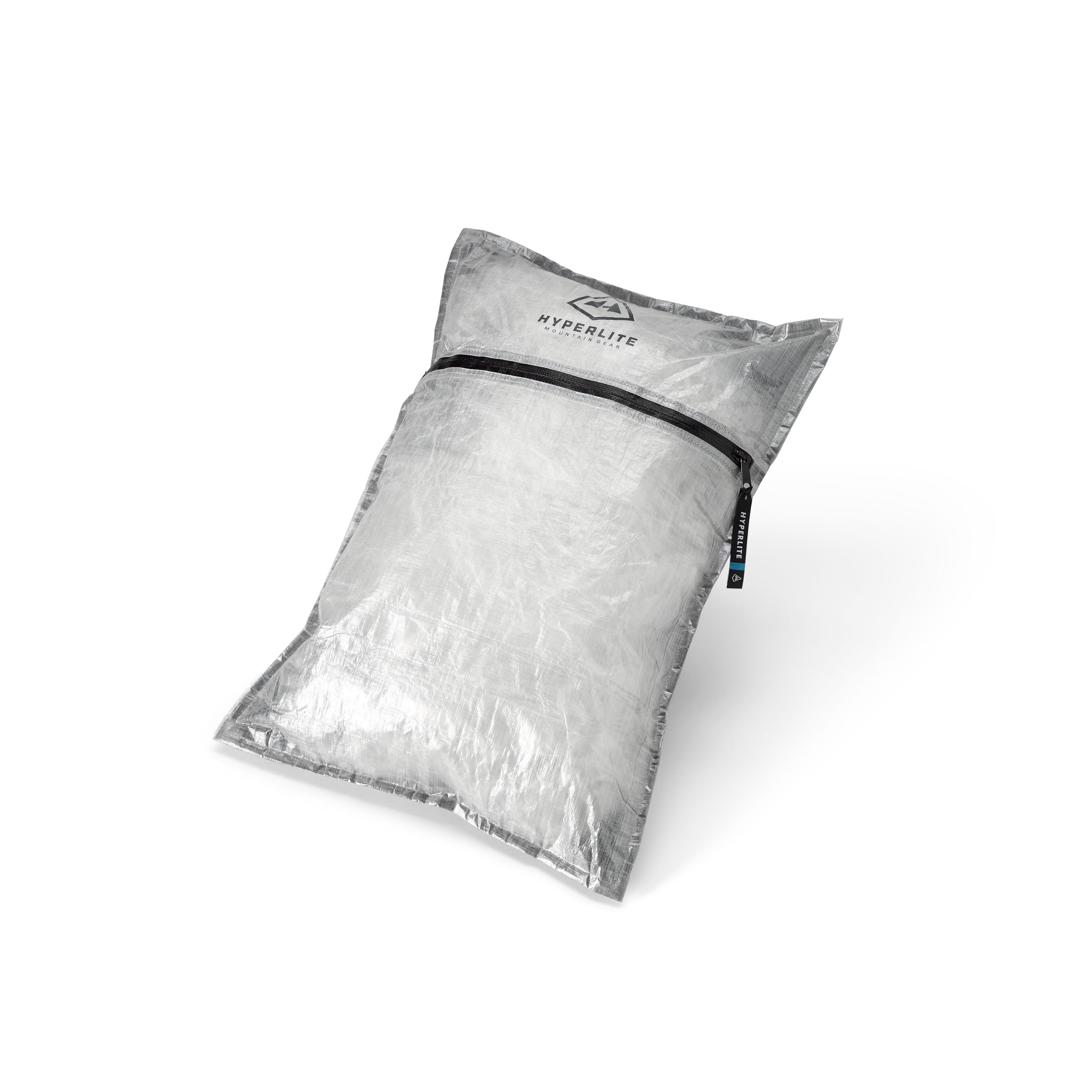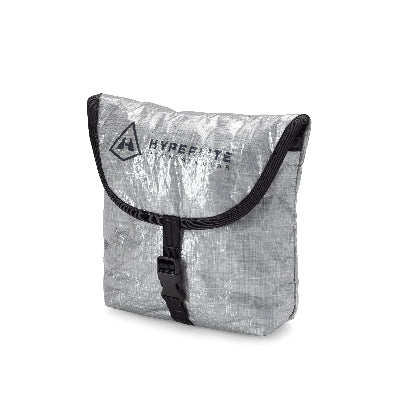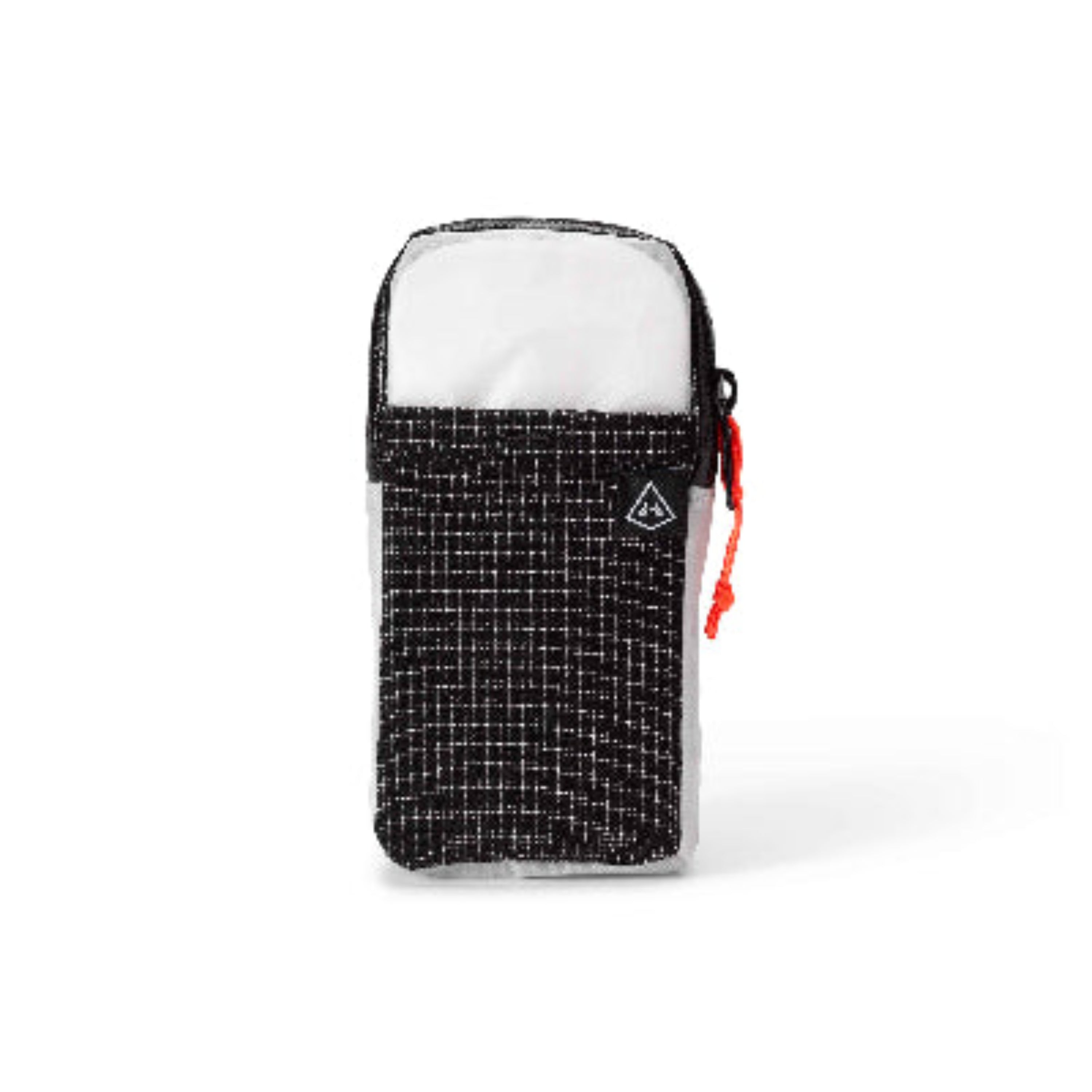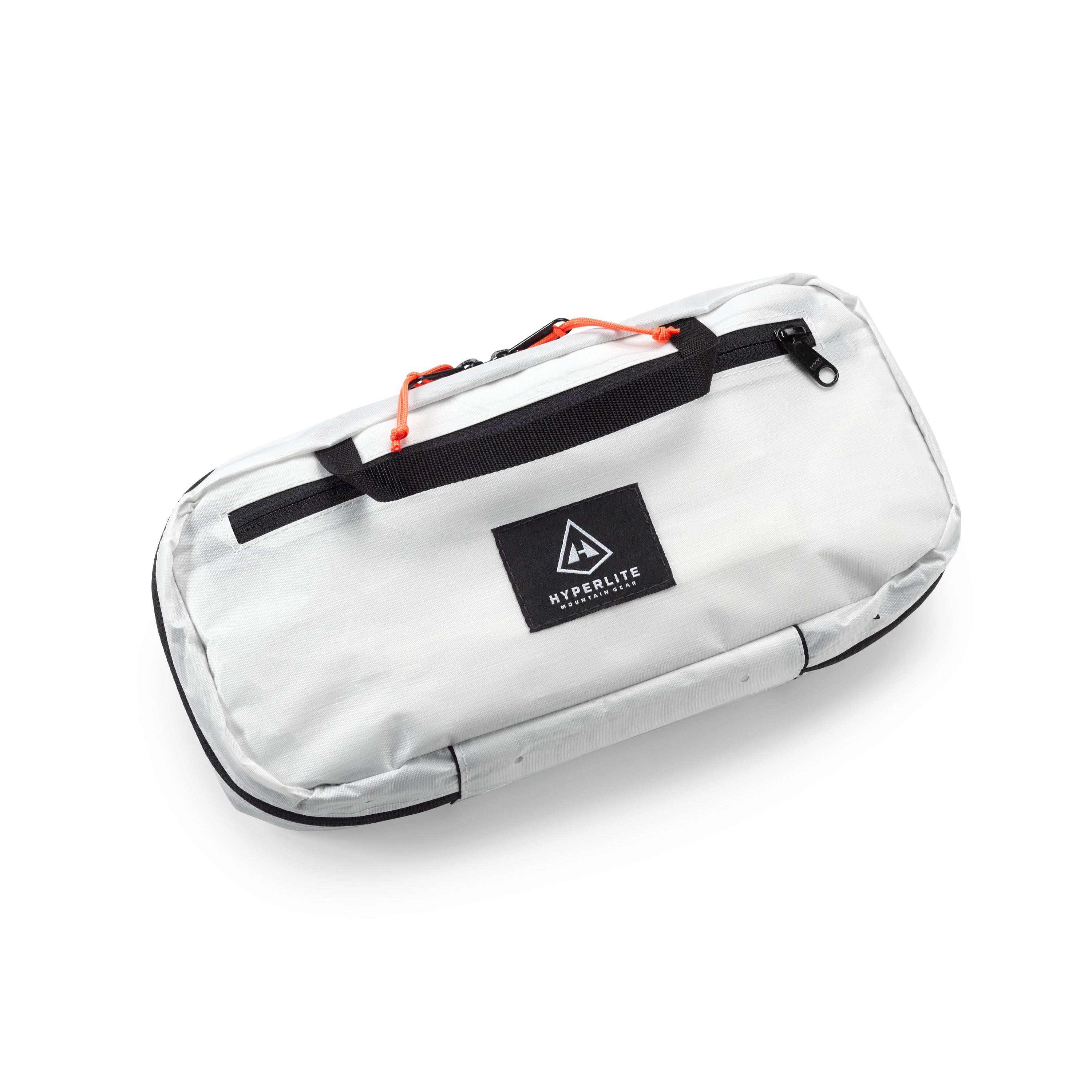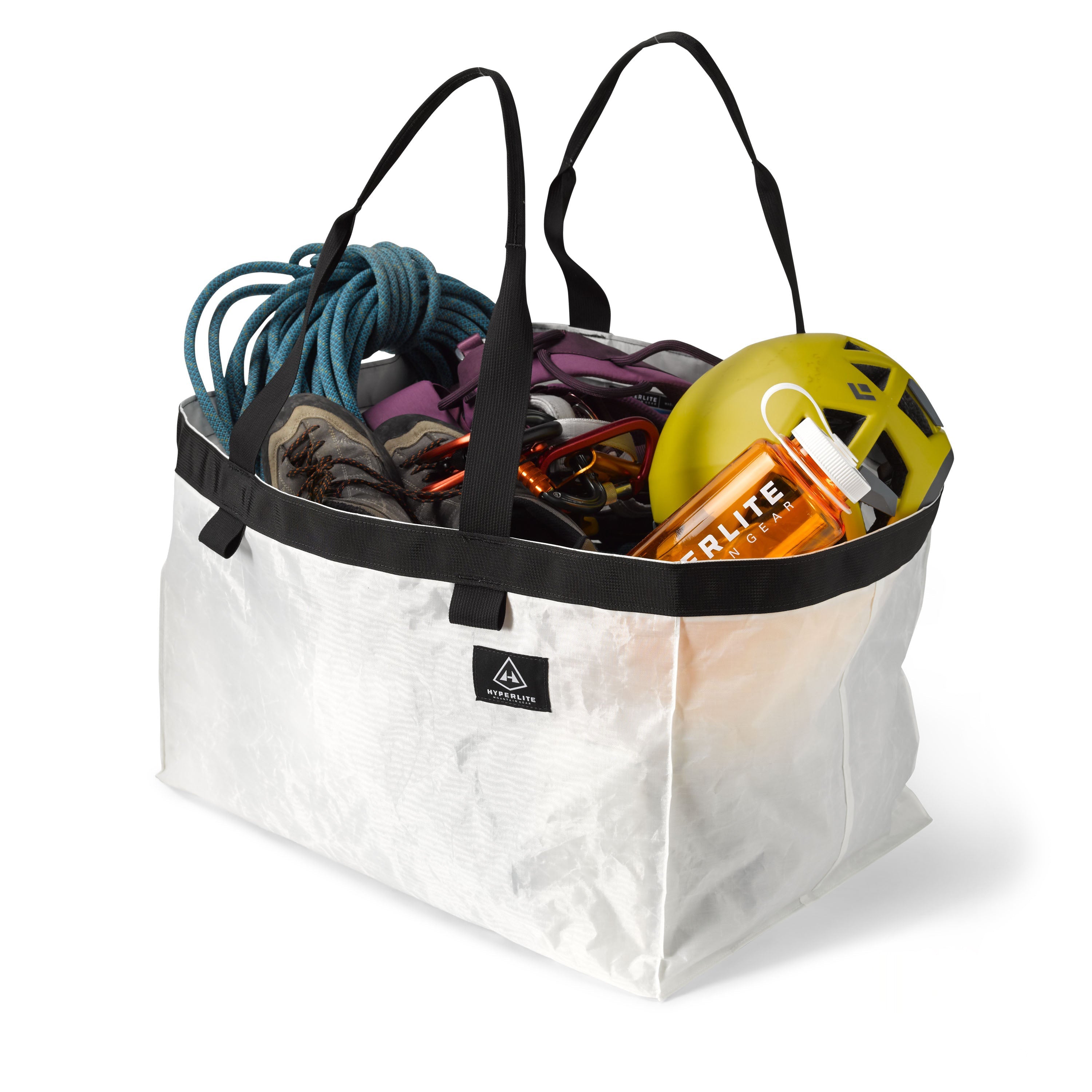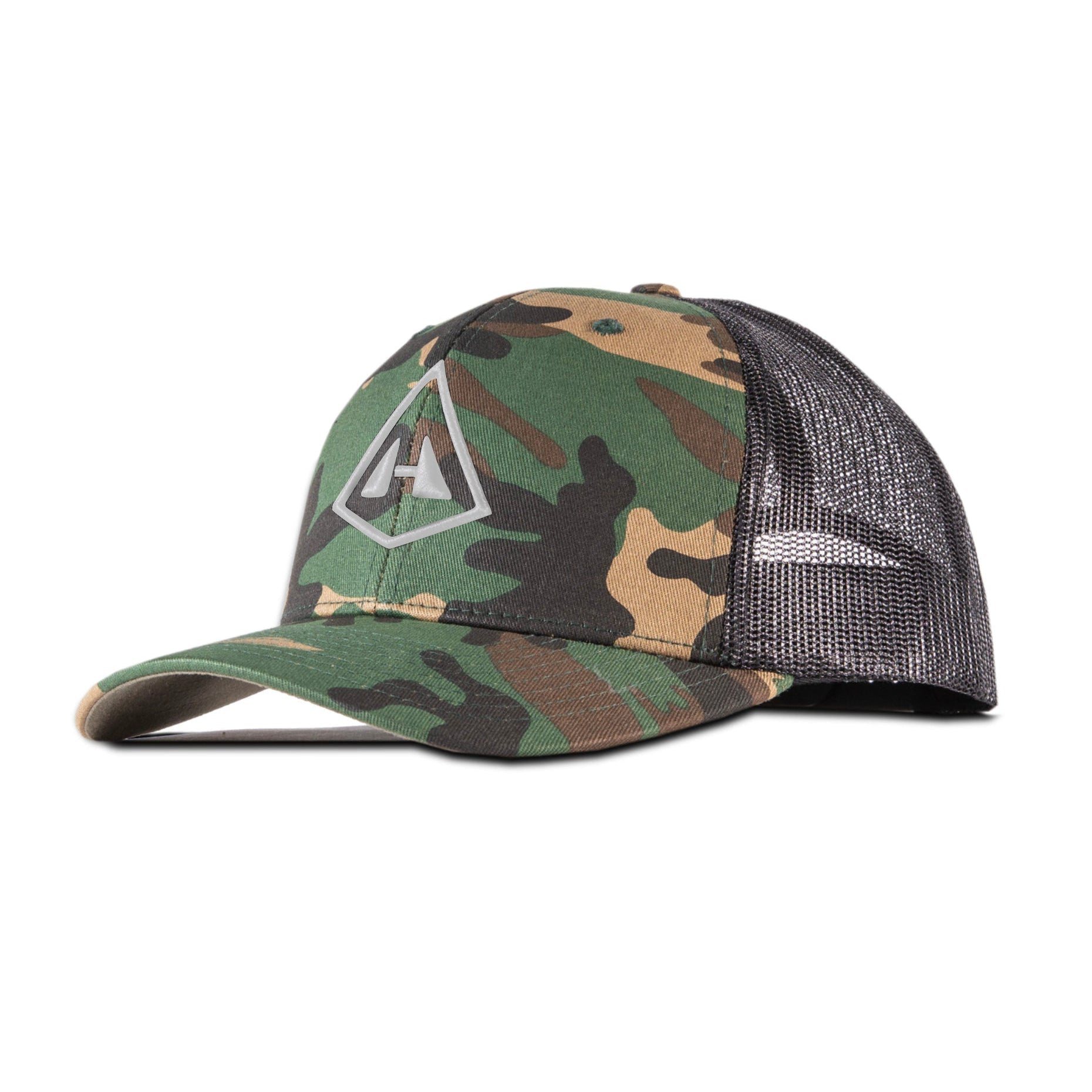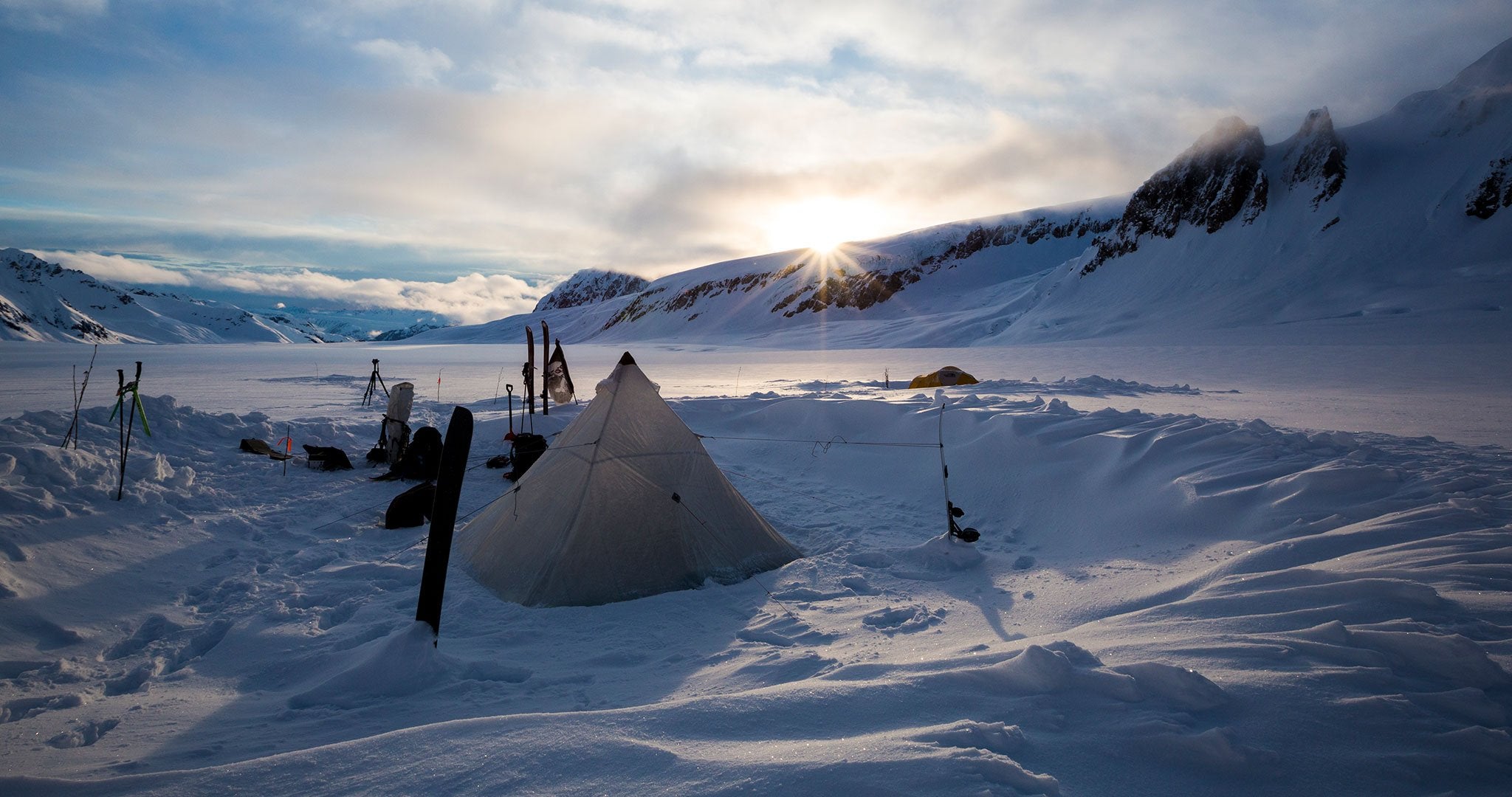Sometimes it’s the things that go unsaid that are the most telling. For instance, when people say that they’re into the outdoors, they’re also most likely not big fans of crowds. Sure, we might maintain that we’re just looking for a little peace and quiet, maybe some solitude, some unspoiled vistas, or fresh tracks— but no matter how you package your passions, “getting away from it all” is pretty much code for avoiding your fellow human beings.
Whether your taste for company runs more towards “prefers small groups” or full-on agoraphobia, if you’re a backcountry skier, untapped stashes devoid of the hoots and hollers of other powder harvesters are getting harder to find. In 2015, something like 3.2 million skiers and snowboarders slapped on a set of skins or snowshoes and got after it in the mountains under their own steam. That year saw an eight-percent increase in the sales of alpine touring gear, and the delta on that data can only have increased even more since then.
That means that increasingly, getting out into the good stuff means going further, faster. Suffice it to say, the kitchen sink approach—that pillar of the average ski touring gear list you’ll find on most sites—isn’t going to get you there (at least not like that).
Hack Your Ski Touring Gear List, Beat the Crowds
Lo and behold: Looks like we found another perfect scenario for a little ultralight optimization. Except for the fact that winter conditions tend to bring out the worst in our “just in case” gear-hoarding tendencies. That’s why we tapped Hyperlite Mountain Gear ambassador Beau Fredlund to see what we could learn from what isn’t in his pack. Turns out, a lot.

Beau operates Yellowstone Ski Tours, a ski touring and mountaineering guiding service, out of Cooke City, MT (pop. 140). Guiding and teaching avalanche safety courses in the remote corners of the Yellowstone region, he’s earned a master’s degree in what you do and don’t need in the backcountry. On top of that, he lives in a one-room cabin, which turns out to be a pretty good way of encouraging yourself not to accumulate unnecessary crap.
The same things that make Beau’s backyard such an exceptional zone for skiing—consistently cold temps, fresh snow (and lots of it) and few to zero other skiers—can also complicate access to the best lines. There’s minimal road infrastructure and the rolling topography of the local low alpine terrain makes for long, leg-burning approaches.

“Out here, where we’re seldom ever following a previous skin track, any kind of efficiency you can achieve goes a long way toward making the day more enjoyable—especially day in and day out,” explains Beau. Whittling down his own backcountry ski touring gear list has been a decade-long process. It’s really more of a methodology than a consistent lists of things he throws in his Hyperlite Mountain Gear 2400 Porter.

Sure, there are the common staples: avalanche transceiver, shovel, probe. And as a guide, he’s often required to throw in the kitchen sink (extra thermos, extra mittens, snow saw, emergency communications device, tarp, XL first aid kit, camera systems, ski straps). But when it comes to his own missions, whether solo or with trusted skiing partners, he says it’s fun and functional to lean toward the “less is more” philosophy.
“As the saying goes, you never climb the same mountain twice. The same could be said for what you bring with you—you never bring the same backcountry skiing kit twice. Every time you head out, you bring additional info and knowledge from past experiences with you.”-Beau Fredlund
What does that look like in actual practice? Here’s Beau’s guide to getting down to brass tacks:
- Each morning there’s a mental checklist; you’re not making a final decision on where you’re going and what you’re bringing until you gather as much information as you possibly can. Various weather models, NOAA and other web-based weather forecasting services, SNOTEL (Snow Telemetry) sites, what the temperatures are going to look like, wind, visibility, snowfall, plus what we’re seeing out there on a day-to-day basis.
- Deciding where to go is the first step after that–then what to bring. In addition to the obvious factors like the weather, your clothing kit should tie into how fast you’re going to be moving, the terrain you’re going to be moving through, your partners. It’s critical to be on the same page when it comes to the kind of skis, boots and bindings you’re on versus how heavy your pack is going be/what you’re doing for a clothing kit. For example, if I’m going out with someone on a randonee racing kit, I know that with my heavier skis I’ll be working harder, so I’ll compensate by bringing a lighter pack and lighter clothing system.
- Start with piping hot water—if your water ends up freezing then you can’t drink it. That and if you’re going to be out for a while, it can be worth it to bring a stove to melt water rather instead of lugging it all with you. To factor that in, you want to build some chill time into your itinerary to melt snow, which can have an effect on the overall weather and snow conditions you’ll see.
- In addition to a snow science kit, a couple of lightweight rope options can help you manage avalanche terrain more safely. You can belay across a suspect slope, belay into an area to dig a snow pit, ski cut on belay—a 30 meter 1/2 rope (or 6mm static cord) is a great tool.

When it comes to building out a variable ski touring gear list for yourself, the first thing to accept is that it’s going to be a learning process. Signing up to head out into the mountains with someone like Beau can be an excellent way to jump start that process.
In the end, the hacks he employs are common sense. Embracing them is a matter of chipping through your own assumptions and habits to see things in a different light. Think about it: Do you toss both goggles and sunglasses into your pack just because that’s what you always do? Skinning or climbing, goggles will always fog up, so why not leave them? Shades are perfectly adequate in everything but a serious snow squall.
It’s little innovations like that, compounded, that can add up to a big difference.

Considering a route that includes some serious mixed alpine pitches? Consult our post on Pro Mountaineer Kurt Ross’ Alpine Climbing Gear List. Spending a night out to get at more of that sweet, sweet pow? You might learn a thing or two from our Ultralight Winter Backpacking Sleep System Strategies authored by two backcountry rangers.
Or if you just need some soul-quenching snow porn, there’s always this video of the Provo Bros shredding epic Utah backcountry stashes.
In any case, keep Beau Fredlund’s parting words of wisdom in mind: “Stay safe out there, go light, be curious and humble and explore as much as possible.”



